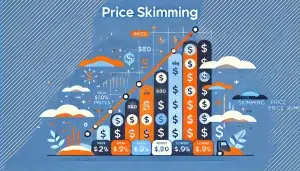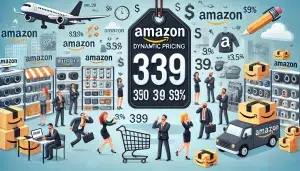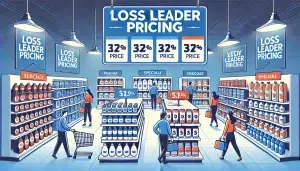Price scraping is a critical tool in the competitive e-commerce landscape. Online sales are projected to reach $6.3 trillion by 2024, highlighting the immense growth and competition within the industry.
With approximately 24 million e-commerce sites worldwide, a robust pricing strategy is essential for standing out. Effective pricing strategies can increase profit margins by up to 60%.
However, manually checking each competitor’s website for price updates is impractical. This is where e-commerce price scraping becomes invaluable. Price scraping automates price data collection from competitors’ websites, enabling businesses to stay informed and competitive without exhausting valuable resources.
By leveraging price scraping, companies can make data-driven decisions, adjust their prices dynamically, and respond swiftly to market changes. This technological advantage allows businesses to maintain a competitive edge in an ever-evolving market.
The following sections explain the fundamentals of price scraping, explore the necessary tools, step-by-step methods for extracting competitor prices, and best practices for managing and analyzing the collected data. Let’s get started!
What is Price Scraping?
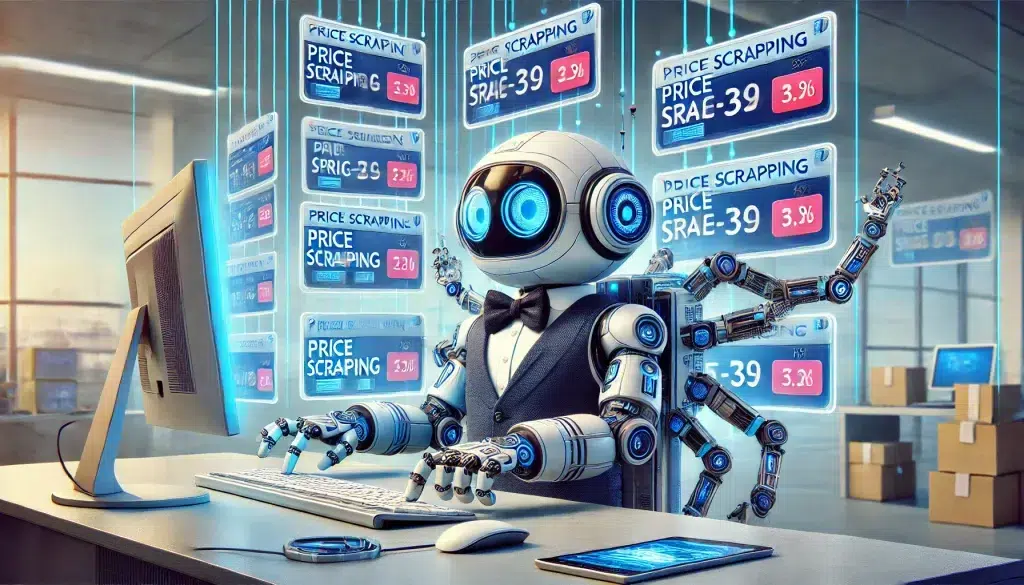
Price scraping is a method businesses use to automatically collect price information from competitors’ websites. This is achieved through the use of specialized software programs known as bots or web crawlers. These programs are designed to browse the Internet, systematically navigating through web pages to find and extract specific data, such as product prices.
How Does Price Scraping Work?
Price scraping involves several key steps, starting with setting up and configuring the bot for data extraction.
Step 1: Setting Up the Bot
The process begins by configuring the bot with specific instructions. For instance, the bot can visit certain websites and look for particular data elements, such as prices, product names, and descriptions.
Step 2: Crawling Websites
Once configured, the bot starts visiting the designated websites. It navigates through various pages, much like a human user would, but at a much faster rate. The bot can access product pages, search results, and category listings to find the necessary price information.
To be compliant, bots must always read the robots.txt of every website they analyze and act accordinly. The robots.txt file is a text file used by websites to communicate with web crawlers and other automated agents about which parts of the site should not be accessed or indexed
Step 3: Extracting Data
As the bot browses the websites, it identifies and extracts the relevant data. This data is usually structured in a way the bot can recognize, such as HTML tags or CSS selectors. The extracted information is then copied and stored in a database or a spreadsheet for further analysis.
If you are lucky, the bot will be able to extract this information from “rich snippets” data so you don’t have to create a personalized extraction profile for each e-commerce website you want to analyze.
Rich snippets are enhanced search results that provide additional information about a webpage beyond the standard title, URL, and meta description.
In e-Commerce they are used to let bot and other entities, programmatically read the product price and other information.
This is an example of rich snippet of an e-commerce product page.
<script type="application/ld+json">
{
"@context": "https://schema.org/",
"@type": "Product",
"name": "Sample Product",
"image": [
"https://example.com/photos/1x1/sample.jpg",
"https://example.com/photos/4x3/sample.jpg",
"https://example.com/photos/16x9/sample.jpg"
],
"description": "A sample product description.",
"sku": "0446310786",
"mpn": "925872",
"brand": {
"@type": "Brand",
"name": "Sample Brand"
},
"review": {
"@type": "Review",
"reviewRating": {
"@type": "Rating",
"ratingValue": "4.5",
"bestRating": "5"
},
"author": {
"@type": "Person",
"name": "John Doe"
}
},
"aggregateRating": {
"@type": "AggregateRating",
"ratingValue": "4.4",
"reviewCount": "89"
},
"offers": {
"@type": "Offer",
"url": "https://example.com/sample-product",
"priceCurrency": "USD",
"price": "29.99",
"priceValidUntil": "2024-12-31",
"itemCondition": "https://schema.org/NewCondition",
"availability": "https://schema.org/InStock",
"seller": {
"@type": "Organization",
"name": "Sample Store"
}
}
}
</script>
Step 4: Handling Anti-Scraping Measures
Many websites employ anti-scraping technologies to protect their data. These measures can include CAPTCHAs, IP blocking, and rate limiting. Bots are often equipped with techniques to bypass these defenses, such as using proxy servers to change IP addresses or employing machine learning algorithms to solve CAPTCHAs.
Examples of Price Scraping Tools
These are the best open source bot you can find on github, based on various tech stack:
- Scrapy – A powerful and flexible web crawling and web scraping framework for Python.
- Puppeteer – A Node library that provides a high-level API to control Chrome or Chromium over the DevTools Protocol.
- Playwright – A Node.js library to automate Chromium, Firefox, and WebKit with a single API.
- BeautifulSoup – A library in Python for parsing HTML and XML documents and extracting data.
- GoColly – A fast and efficient scraping library in Go.
At Pricefy, we analyze over 2 billion URLs daily, and we can’t rely on a single technology due to the varying strengths and weaknesses of each tool. However, we can say that Scrapy is an excellent choice for getting started, while Puppeteer is ideal for scaling up.
The Benefits and Challenges of Price Scraping
Price scraping offers numerous advantages for e-commerce businesses, helping them stay competitive and make informed decisions. However, it also comes with challenges that need to be addressed.
Benefits of Price Scraping
Several key benefits make price scraping an essential tool for businesses.
- Informed Pricing Decisions
Automating price data collection from competitors allows businesses to stay updated on their pricing strategies. This continuous flow of information is crucial for making data-driven pricing decisions, ensuring that companies remain competitive in the market. Real-time data helps adjust prices swiftly to respond to market changes and competitors’ actions.
- Time and Resource Efficiency
Automated price scraping significantly reduces the time and effort required compared to manual price checking. Instead of dedicating hours to visiting each competitor’s website, businesses can rely on automated tools to gather the necessary data. This efficiency allows companies to allocate resources to other strategic activities, such as marketing, product development, and customer service.
- Market Trend Analysis
Price scraping provides insights into competitors’ current prices and helps identify market trends over time. By analyzing the historical data collected, businesses can spot patterns and predict future price movements, aiding in long-term strategic planning.
- Competitive Advantage
Businesses can maintain a competitive edge by consistently monitoring and adjusting prices based on competitor data. This proactive approach ensures that a company’s prices are always aligned with market conditions, helping to attract and retain customers.
Challenges of Price Scraping

While price scraping provides valuable benefits, it also poses specific challenges that businesses must overcome.
- Anti-Scraping Technologies
Many websites use methods to prevent data scraping, such as CAPTCHAs, IP blocking, and rate limiting. These measures can sometimes mistakenly identify legitimate users as bots, hindering the data collection process. Overcoming these defenses requires sophisticated techniques and constant adaptation to ensure successful scraping without being blocked.
These are the most usual captcha your bot will hit along the way
Cloudfare
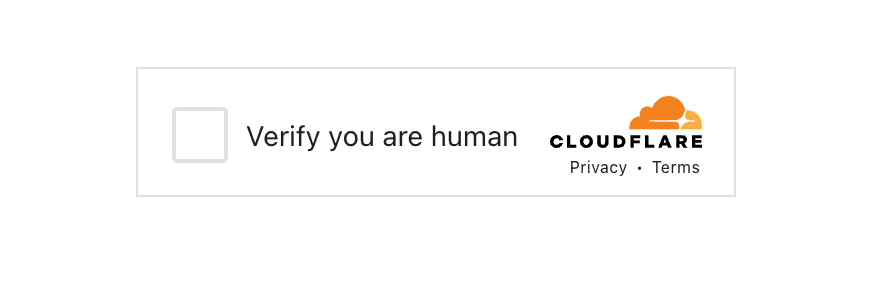
SliderCaptcha
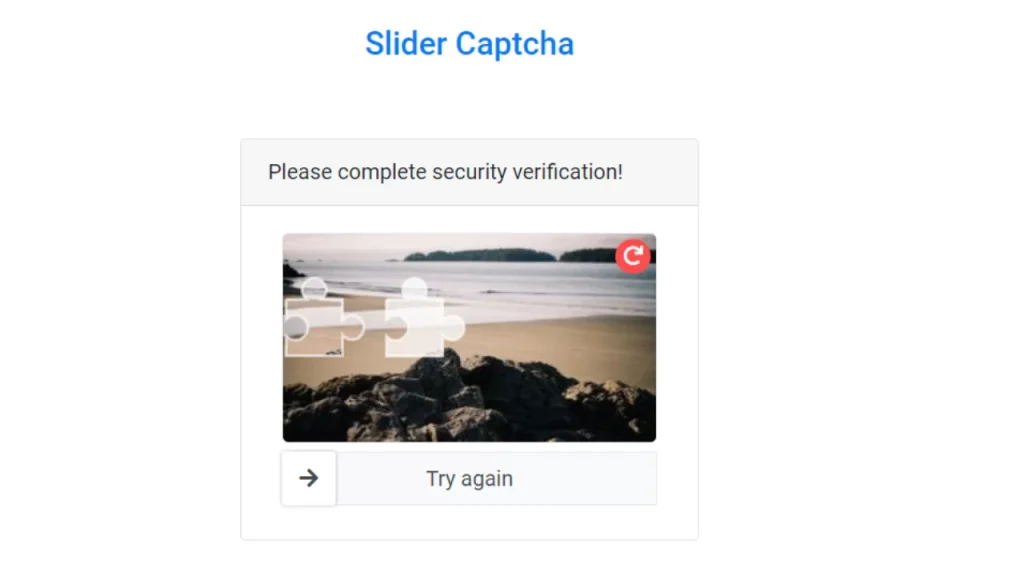
Press & Hold Captcha
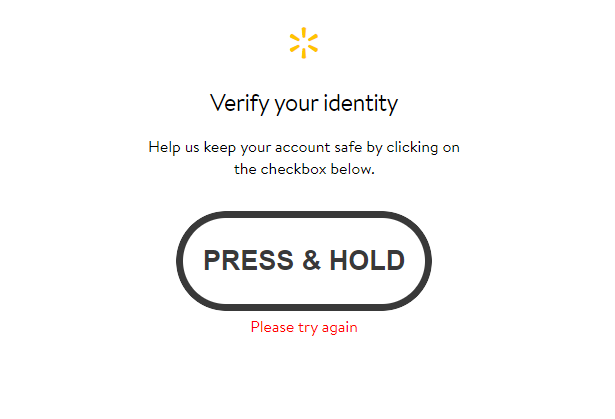
H-Captcha

- Data Accuracy and Quality
Ensuring the accuracy of the scraped data is critical, as incorrect data can lead to poor business decisions. Data inconsistencies and errors can occur during the scraping process, necessitating robust validation and cleaning mechanisms to maintain high data quality.
- Legal and Ethical Considerations
Businesses must comply with legal regulations related to data usage, which can be complex and vary by region. To avoid potential legal issues, it is essential to be aware of the legal implications and adhere to best practices for ethical scraping. Unauthorized scraping can lead to legal disputes and damage a company’s reputation.
- Technical Complexity
Setting up and maintaining a price scraping system can be technically challenging. It requires skilled personnel to develop and manage the bots, handle anti-scraping measures, and ensure the system’s smooth operation. This complexity can be a barrier for small businesses or those with limited technical resources.
Price scraping is an indispensable tool for e-commerce businesses, providing them with the insights needed to stay competitive. Companies can optimize their pricing strategies and maintain a strong market presence by understanding how price scraping works and utilizing the right tools.
How to Do Price Scraping Successfully
Successfully extracting and managing competitor prices involves several steps, from identifying your competitors to organizing and analyzing the data. Here is a detailed guide to help you through the process.
1. Identify Your Competitors
The first step is to identify your direct competitors. This means defining businesses that offer similar products or services. For example, if you sell budget t-shirts, your competitors would be other brands offering affordable t-shirts, not high-end designer labels.
- Research Industry Players: Use online searches, market research reports, and industry forums to find businesses in the same market segment.
- Analyze Product Offerings: Compare potential competitors’ product range, quality, and pricing to ensure they align closely with your own.
- Customer Feedback: Look at customer reviews and feedback to understand which businesses are viewed as alternatives to yours.
2. Set Up the Scraping Process
Once you have a list of competitors, the next step is to set up the data scraping process. This involves technical skills and the right tools.
- Choose the Right Tools: Tools like Scrapy, Beautiful Soup, or SaaS solutions like Pricefy can be used for scraping. Select a tool that matches your technical expertise and requirements.
- Configure the Bot: Program the bot with specific instructions, such as which websites to visit, which pages to scrape, and which data elements to extract (prices, product names, descriptions, etc.).
- Implement Anti-Detection Measures: To avoid getting blocked by anti-scraping technologies, use techniques like rotating IP addresses, mimicking human behavior, and handling CAPTCHAs.
3. Automate the Data Collection
Manual data collection is impractical due to frequent price changes. Automating this process ensures you always have the latest data.
- Schedule Regular Scrapes: Set up your bot to scrape data at regular intervals (daily, weekly, etc.) to capture price changes.
- Monitor Bot Performance: Regularly check that your bot runs correctly and efficiently. Make adjustments as necessary to improve performance and accuracy.
- Handle Errors: Implement error-handling procedures to deal with any issues that arise during the scraping process, such as changes in website structure.
4. Organize the Data
Collecting data is only the first step. Proper organization and analysis are crucial to derive actionable insights.
- Store Data Efficiently: Use databases or cloud storage solutions to manage large volumes of data. While spreadsheets can work for smaller datasets, they may become unwieldy as data grows.
- Format the Data: Ensure the data is well-formatted, with clear labels and consistent units. This makes it easier to analyze and compare.
- Regular Updates: Continuously update your database with new data from regular scrapes to keep your analysis relevant and accurate.
- Data Cleaning: Regularly clean your data to remove duplicates, correct errors, and ensure consistency.
5. Analyze the Data
An effective analysis turns raw data into useful insights.
- Compare Prices: Identify trends and patterns in competitor pricing. Look for seasonal changes, promotional discounts, and price fluctuations.
- Use Visualization Tools: Tools like Excel, Google Sheets, or specialized data visualization software can help create charts and graphs that make the data easier to understand.
- Identify Opportunities: Use the insights gained to identify opportunities for price adjustments, promotional strategies, or new product offerings.
By following these detailed steps, you can effectively extract, manage, and analyze competitor prices. This will allow you to make informed pricing decisions and maintain a competitive edge in the market.
Wrapping Up
Price scraping is a powerful tool for staying competitive in the e-commerce market. By automating price data collection, you gain insights into competitor pricing strategies, enabling informed decision-making. While manual data collection is impractical, tools like Pricefy.io offer streamlined solutions, ensuring you stay ahead of the competition with minimal effort.

